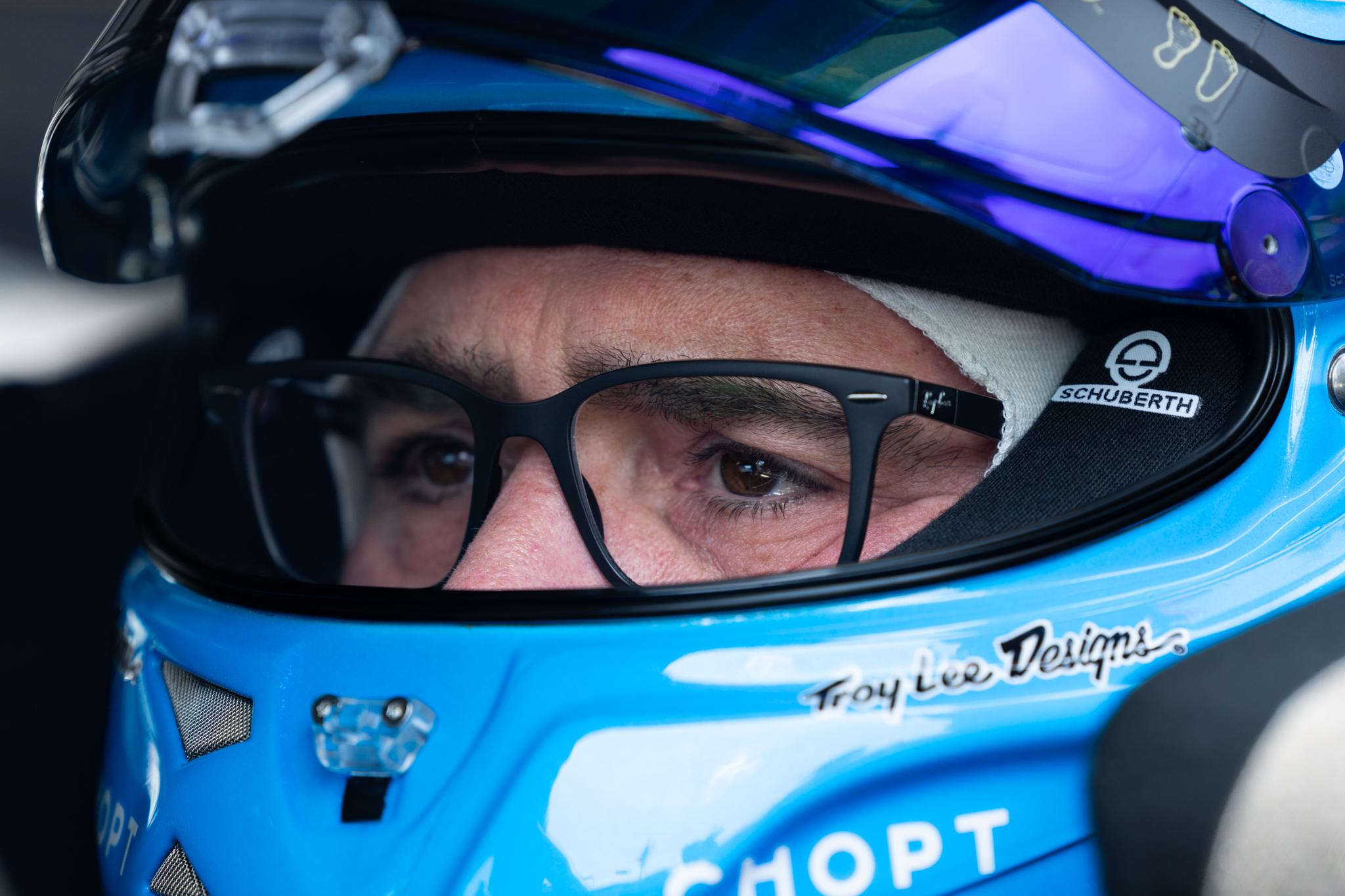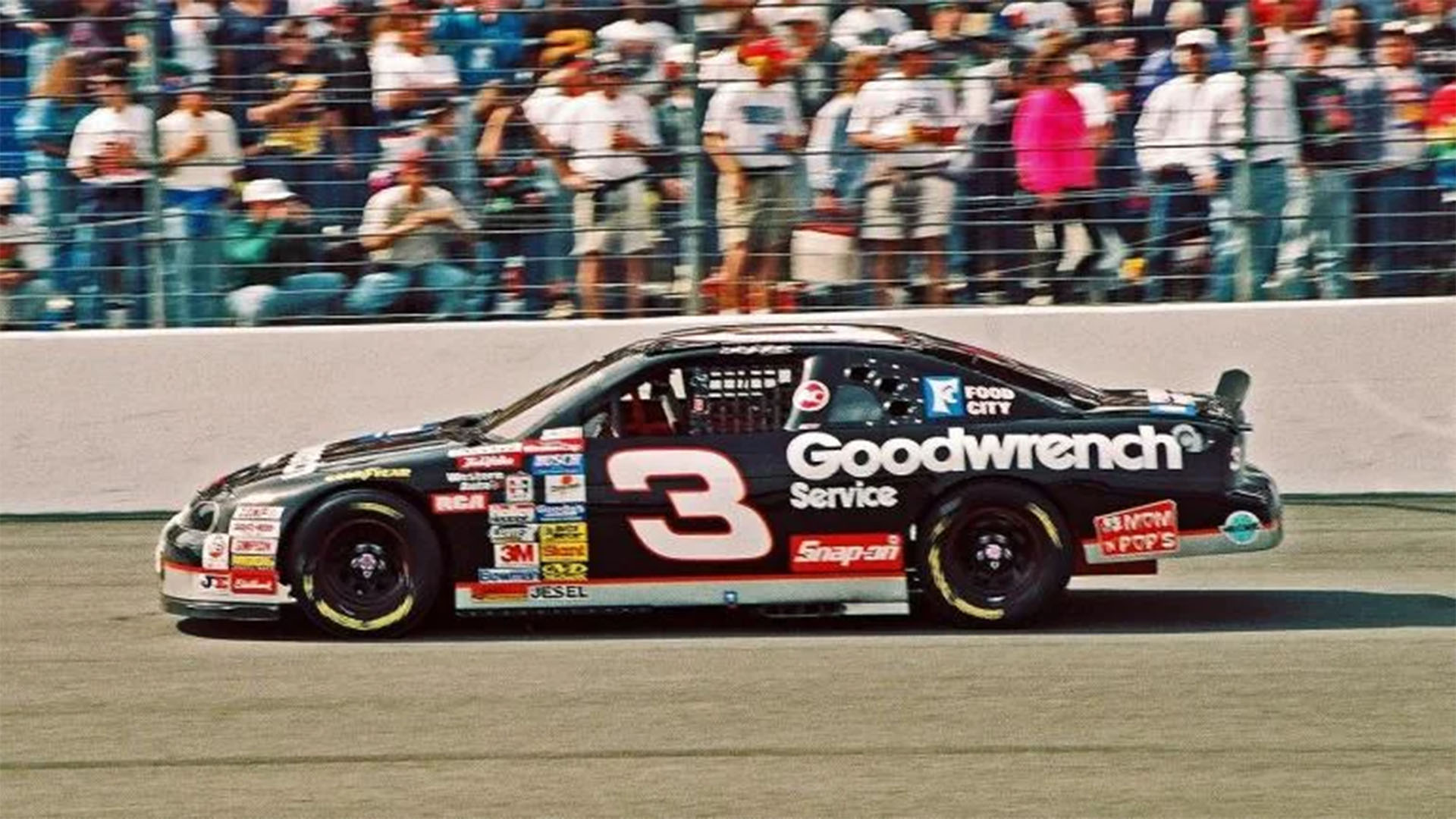What Happens If a NASCAR Driver Has to Go to the Bathroom During a Race?


During a NASCAR race, drivers find themselves enclosed in their vehicles for several hours under intense conditions, where the focus on speed, safety, and strategy leaves little room for personal comfort. Despite thorough preparation, nature can call at the least opportune moments, presenting a challenge not often highlighted in the glamorous depiction of motorsports.
NASCAR races can last anywhere from three to over six hours, depending on the track and conditions, leaving drivers with the task of managing their bodily functions while maintaining peak performance. Drivers try to ensure they won’t need to go during a race by using the restroom beforehand and carefully regulating fluid intake. However, when the unavoidable urge arises, they have limited options.
They might choose to hold out until the end of the race or, in rare cases, relieve themselves in their suit, accepting the discomfort as a trade-off for continuous competition.
The unique challenge this presents ties into the extensive physical and mental preparation NASCAR drivers undergo. Their training includes not only honing driving skills and strategies but also optimizing their physical well-being to endure long periods without breaks. Such is the nature of high-stakes motorsports, where every second counts and even the most basic human needs must be meticulously planned for.
Table of Contents
Pre-Race Preparation
In the lead-up to a NASCAR race, specific procedures are dedicated to ensuring drivers are physically ready and able to communicate effectively with their teams.
Driver Hydration and Diet
Maintaining hydration is a primary concern for NASCAR drivers before a race. To prevent dehydration, which impairs both mental and physical performance, drivers drink ample fluids. The focus is not just on the quantity of fluids but also on the electrolyte balance, which is critical for bodily functions. The diet is carefully controlled as well, with meals planned to provide sustained energy without causing discomfort. Drivers often avoid food and drinks that may induce a need for early restroom breaks.
Team Strategy and Communication
Before the race, drivers and their teams discuss strategies that may affect pit stops – including when to take them and what services to perform. Clear communication is established via radio to ensure the team is aware of the driver’s physical condition throughout the race. They clarify signals and contingency plans for any need that arises, including a driver’s unexpected need for a restroom break. This preparation is an unspoken but well-understood part of the race strategy.
The Physiology of Racing
In the demanding environment of NASCAR racing, drivers must manage both physiological challenges and the need for intense concentration. Understanding how high-speed driving affects the body, particularly bladder control, and how drivers maintain comfort and limit distractions is critical for both their performance and safety.
Effects of High-Speed Driving on Bladder Control
High-speed racing exerts significant forces on the body, which can impact a driver’s bladder control. The combination of intense vibrations, g-force, and continuous focus necessary during a race can lead to the need for a driver to relieve themselves. NASCAR drivers often employ strategies to prevent discomfort, such as avoiding excessive fluid intake before getting behind the wheel. However, dehydration can be a risk here, as it can lead to decreased performance and increased chance of error.
Drivers also must contend with sweating inside their hot vehicles, which can mitigate some need for urination but also requires them to strike a balance to avoid dehydration. Their suits are designed to wick away sweat and provide some cooling, yet remain absorbent in case an accident occurs and they cannot control their bladder.
Managing Comfort and Distraction
The comfort of NASCAR drivers is essential for maintaining concentration and minimizing distractions during the race. The endurance required to compete at high speeds for several hours means that seating and suit technology must prevent pressure points and provide adequate support.
Drivers utilize custom-fitted seats, which help stabilize the body and reduce the physical stress of driving. The maintenance of comfort is a proactive attempt to reduce potential distractions that can arise from bodily discomforts, such as the urge to urinate. Drivers are trained to focus their attention on the race and adapt to the discomfort because a momentary lapse can lead to a critical error on the track.
Each measure, from the design of the cockpit to the drivers’ physical preparation, is intended to ensure that they remain as comfortable and undistracted as possible, enabling them to maintain the high level of performance required in NASCAR racing.
In-Race Solutions
During a NASCAR race, drivers may face the need to use the restroom. Efficiently managing these situations is essential to maintain race focus and performance.
Pit Stop Logistics
Pit stops are a tactical element of racing where drivers can combine necessary breaks with strategic vehicle servicing. Under a green flag, pit stops must be swift to minimize time lost, and restroom breaks are not the norm. However, if a driver is already stopping for service and can no longer wait, an exceptionally quick restroom break could potentially be incorporated. Restroom facilities are typically located close to the pit area to accommodate quick access.
- Usual Procedure:
- Stop for tires, fuel, and adjustments.
- Driver remains in the vehicle.
- With Restroom Need (Rare):
- Coordinate with the crew.
- Restroom located near pits for rapid access.
Emergency Situations
In the case of emergency situations, such as a sudden onset of a stomach bug, drivers have to make tough decisions. They can communicate with their team and, if absolutely necessary, make an unplanned pit stop. If this occurs under a green flag, it can be particularly costly in terms of race position, but health and safety take precedence.
- Unplanned Stops:
- Reserved for health emergencies.
- Can result in significant race delays.
Technological and Safety Considerations
When a NASCAR driver has to address the need to go to the bathroom during a race, technology and safety aspects of their gear, such as the fire suit design and the possibility of using catheters, are considered.
Fire Suit Design
NASCAR drivers wear specialized fire suits as protection against high temperatures and potential fire hazards during races. Constructed from flame-retardant material, these suits also must allow for sufficient comfort and mobility over long periods, as races can last several hours. The fire suit design does not incorporate specific solutions for bathroom needs due to the emphasis on safety and protection.
Catheter Usage Among Drivers
To handle the rare occurrences when a driver cannot wait for a restroom, the usage of catheters can be an option, though it is neither a standard practice nor openly discussed among drivers. The decision to use a catheter, a tube that can allow for urine collection, is left to the driver’s discretion, balancing the discomfort against the necessity during the intense focus required in their high-speed competition.
Personal Experiences and Anecdotes
In the world of NASCAR, drivers have shared their strategies and experiences with the unavoidable need for bathroom breaks during long races.
Accounts from Notable Drivers
Dale Earnhardt Jr. has openly discussed how drivers deal with the need to relieve themselves during a race. He indicated that while it’s not common, if a driver has to go, they simply do. The car and suit can be cleaned post-race.
Brad Keselowski admitted in interviews that he’s never had to use the bathroom during a race, highlighting how drivers typically manage this issue before getting in the car.
Tony Stewart once joked about using a diaper during races, though it’s not a standard practice among drivers. It showcased drivers’ sense of humor around the topic.
Kyle Larson has not publicly shared experiences about bathroom needs during races, focusing more on the sportive side of racing in his public comments.
James Hinchcliffe, an IndyCar driver, humorously talked about instances where the need for a bathroom break became dire while racing, adding a relatable human aspect to the experience of professional drivers.
While NASCAR drivers do not typically wear diapers, they are well-aware that they have options if the situation arises. The skill is in managing hydration levels and pre-race preparation to avoid the need for a bathroom break.










